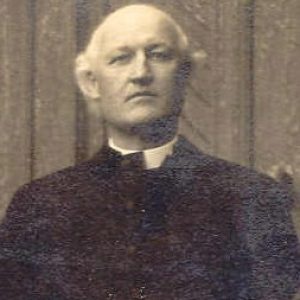 William Montgomery Brown
William Montgomery Brown
Gender: Male - Starting with B
 William Montgomery Brown
William Montgomery Brown
 Greg Brownderville
Greg Brownderville
Brownderville, Greg Alan
Brownlee, Robert
Brownsville to Arkansas Post, Expedition from
Brownsville to Cotton Plant, Expedition from
Brownsville to Fairview, Expedition from
Brownsville, Scout from (January 17–19, 1864)
Brownsville, Scout from (June 27–29, 1864)
Broyles, Frank
aka: John Franklin Broyles
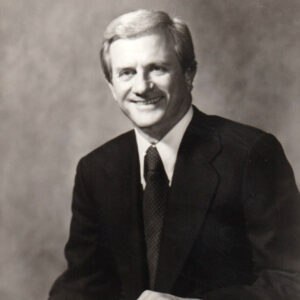 Frank Broyles
Frank Broyles
 Harve Bruce Conviction Article
Harve Bruce Conviction Article
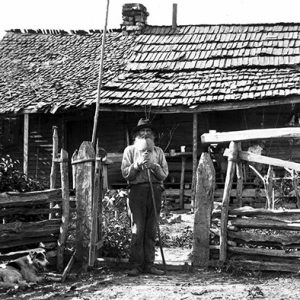 John Wesley Bruce
John Wesley Bruce
Bruce, William Harvey (Harve)
Bruhin, Joseph Aloysius
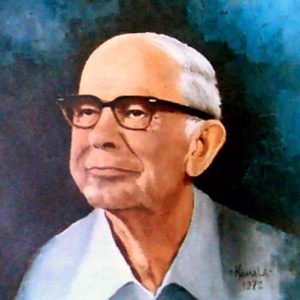 Albert E. Brumley
Albert E. Brumley
Brumley, Albert Edward
 Stephen Brundidge
Stephen Brundidge
Brundidge, Stephen, Jr.
 Vincent "Jimmy" Bruno
Vincent "Jimmy" Bruno
Brushy Island Riots of 1915–1917
Bryan, Leon L. “Doc”
 Bryant and Glover
Bryant and Glover
 Bryant and Nelson
Bryant and Nelson
 Bryant Brochure
Bryant Brochure
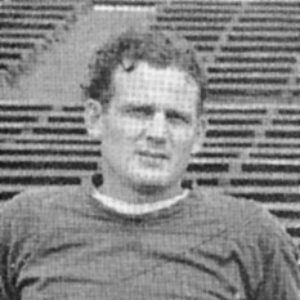 "Bear" Bryant
"Bear" Bryant
Bryant, “Bear”
aka: Paul William Bryant
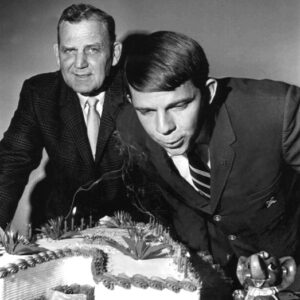 "Bear" Bryant
"Bear" Bryant
Bryant, John Winston
 Winston Bryant
Winston Bryant
 Kelly Bryant
Kelly Bryant
Bryant, Kelly
 Rolfe Bryant
Rolfe Bryant
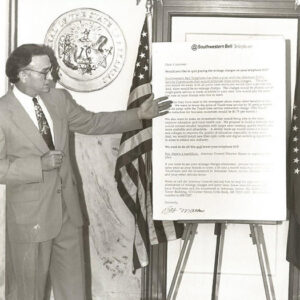 Winston Bryant
Winston Bryant
Bryson (Lynching of)
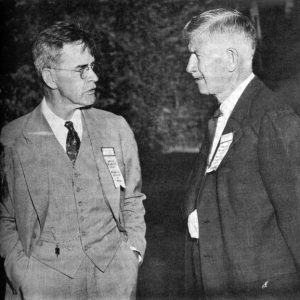 Herbert Buchanan and George A. Campbell
Herbert Buchanan and George A. Campbell
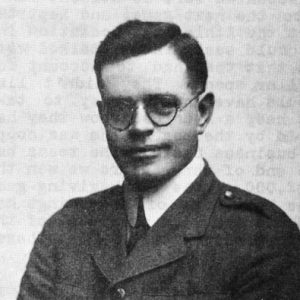 Herbert Buchanan
Herbert Buchanan
Buchanan, Herbert Earle
Buchanan, Roy
aka: Leroy Buchanan
 Roy Buchanan
Roy Buchanan
 Edward Lyon Buchwalter
Edward Lyon Buchwalter
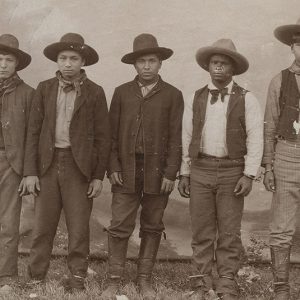 Rufus Buck Gang
Rufus Buck Gang
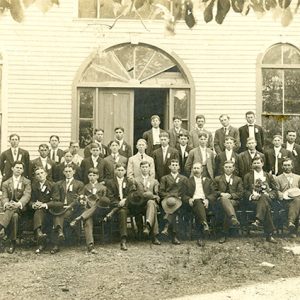 Buckner College Students
Buckner College Students
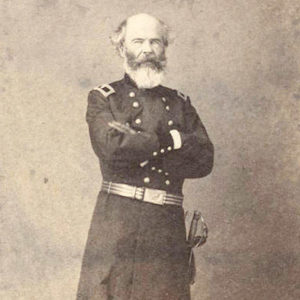 Napoleon Buford
Napoleon Buford
Buford, Napoleon Bonaparte
 Buildings of Arkansas
Buildings of Arkansas
Bullfrog Valley Gang
Bump, Dallas
Bumpass, Rodger
 Bumpers in Parade
Bumpers in Parade




